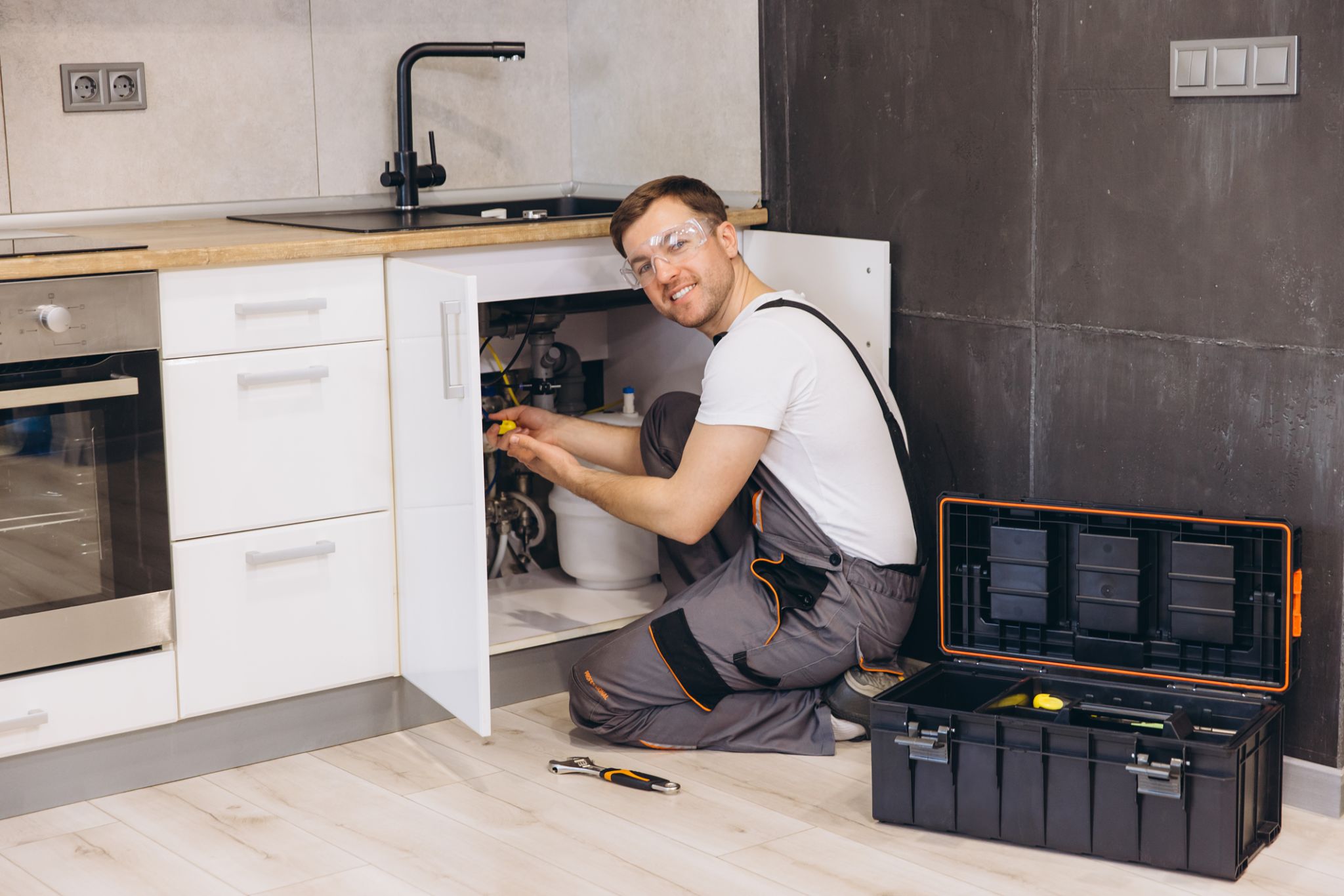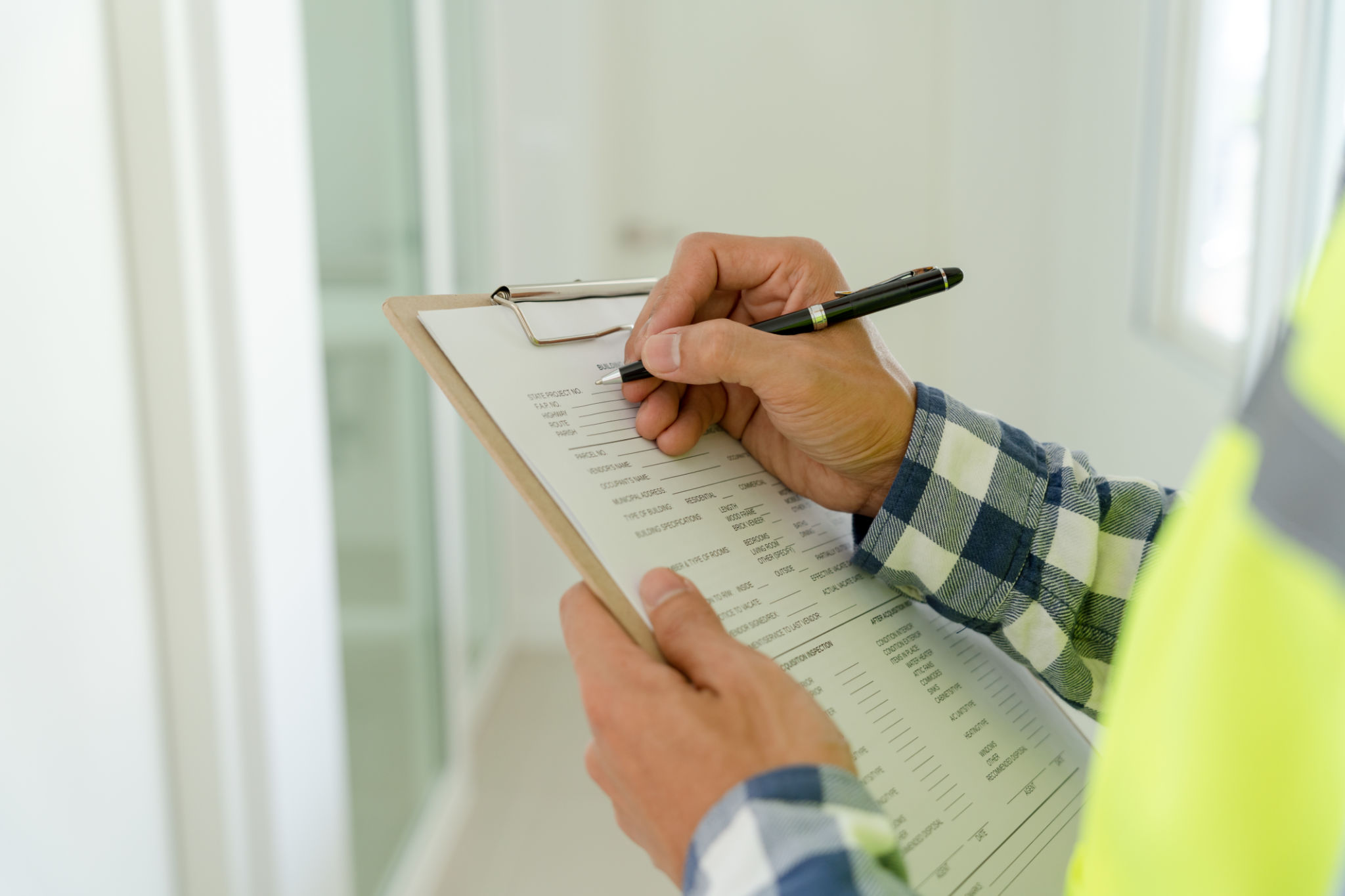DIY Home Inspection: What You Can Do Before Calling the Professionals
Understanding the Basics of DIY Home Inspection
Before you decide to call in the professionals, conducting a DIY home inspection can be a valuable first step. Not only can it help you identify obvious issues, but it also provides you with a better understanding of your home's condition. With a little bit of knowledge and some keen observation, you can spot potential problems early on, potentially saving you both time and money.

Tools You'll Need
To perform a thorough DIY home inspection, ensure you have the right tools on hand. A flashlight is essential for peering into dark corners and checking nooks and crannies. A camera or smartphone can help document any concerns you find. Additionally, having a notepad to jot down observations will be immensely helpful. A small ladder can assist in reaching higher areas like ceilings and roofs.
- Flashlight
- Camera or smartphone
- Notepad
- Ladder
Exterior Inspection: First Impressions Matter
Start your inspection by walking around the exterior of your home. Look for signs of wear and tear on siding, paint, and brickwork. Check the foundation for any visible cracks or gaps, as these might indicate structural issues. Don’t forget to inspect the roof for missing or damaged shingles and ensure gutters are clear of debris.

Interior Check: Focusing on Key Areas
Inside your home, pay special attention to areas like the basement, attic, and bathrooms. In the basement, watch out for signs of moisture or mold, which could indicate leaks or poor ventilation. In the attic, look for insulation issues or signs of pest infestations. Bathrooms should be checked for leaks, especially around fixtures and under sinks.
Plumbing and Electrical Systems
Your home's plumbing and electrical systems are critical components that require careful attention. Check all faucets for leaks and ensure toilets flush properly. Inspect visible pipes for corrosion or leaks. Regarding electrical systems, test light switches and outlets to ensure they are functioning correctly. If you notice flickering lights or frequent circuit breaker trips, it might be time to consult a professional.

Heating and Cooling Systems
Inspecting your heating and cooling systems is another crucial step in a DIY home inspection. Check the furnace for any unusual noises or odors when running. Ensure filters are clean and replaced regularly. During warmer months, make sure your air conditioning unit is free from obstructions and functioning efficiently.
Documenting Your Findings
As you conduct your inspection, thoroughly document any issues you encounter. Take clear photos and detailed notes to provide a comprehensive overview of your findings. This documentation can be invaluable if you decide to bring in a professional inspector later on, as it provides them with a head start on what areas may need more focused attention.

When to Call the Professionals
While a DIY home inspection can help identify many potential issues, there are certain situations where calling in professionals is advisable. If you discover significant structural damage, pervasive mold problems, or complex electrical issues, it's best to consult experts who can provide a detailed analysis and solutions.
In conclusion, a DIY home inspection equips you with the knowledge to maintain your property effectively and aids in making informed decisions about necessary repairs or improvements. With the right tools and attention to detail, you can proactively manage your home's condition before minor issues escalate into major problems.
